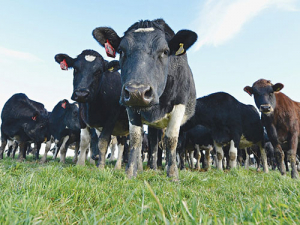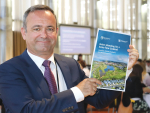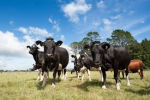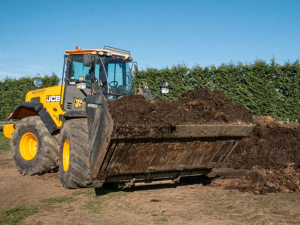It's crunch time for dairy and beef farmers as they decide how much the two sectors will pay, respectively, toward cleaning up the cattle disease Mycoplasma bovis, likely to cost $870 million over 10 years.
Taxpayers are, through the Government, putting up $592m and DairyNZ and Beef + Lamb NZ will pay $278m.
The Government has already paid out $25.6m in compensation to farmers and all infected properties remain linked by a single strain.
Of NZ’s 24,000 farms, 74 have been infected to date with 36 subsequently destocked and cleared of M. bovis.
On dairy and beef sector contributions things still aren’t clear. An independent committee has reported to industry leaders on how the bill should be split. The leaders remain tightlipped about the report and negotiations.
There is the risk the costs of eradication would grow if more livestock were culled.
There were about 20,000 dairy and beef farms in total. Much of the estimated cost was for the response and compensation. High-risk animal movements have been traced to 3000 farms and 858 are under surveillance.
ASB economists had done some early calculations on how dairy revenue might be affected, assuming all the losses were confined to that sector.
The impacts on dairy revenue were not straightforward. The cull was equivalent to 2 - 3% of the national dairy herd, after conservatively assuming 10% of those culled would have been culled anyway.
An assumed 3% loss of dairy production at a milk price of $6.05/kgMS implied $356m of foregone revenue. The value of slaughtered cows would be about $250m.
The beef industry would also bear impacts. The impact of additional livestock slaughter on meat prices needed to be seen in the context of 4.2 million cattle being slaughtered every year.
Federated Farmers, which has a foot in both sectors, is hoping for a fair split.
Dairy industry sources say an 80/20 split between dairy farmers and beef farmers would be fair. However, beef farmers are pushing for a 90/10 split, pointing out that dairy farms are at the centre of the outbreak.
The leaders have a decision to make, one which must satisfy everyone on this crucial and challenging journey to eradicate M. bovis.


















